What Mount Is My Lens ?
To determine the mount of your lens, you need to provide the specific make and model of the lens. Different camera manufacturers use different lens mounts, so the mount will depend on the brand of your lens.
1、 Lens Mount Types: A Comprehensive Overview of Camera Lens Mounts
The lens mount on a camera refers to the specific type of connection between the camera body and the lens. It determines which lenses are compatible with a particular camera system. To determine the mount of your lens, you need to identify the camera brand and model.
There are numerous lens mounts available, each associated with a specific camera brand. Some popular lens mounts include Canon EF, Nikon F, Sony E, Fujifilm X, and Micro Four Thirds (MFT). Each mount has its own unique characteristics and compatibility.
It is important to note that lens mounts can evolve over time as camera manufacturers introduce new models and technologies. For example, Canon recently introduced the RF mount for its mirrorless cameras, which offers improved performance and compatibility with new lenses. Similarly, Nikon introduced the Z mount for its mirrorless cameras, providing enhanced optical performance and versatility.
To determine the mount of your lens, you can refer to the lens documentation or markings on the lens itself. Additionally, you can consult the camera manufacturer's website or contact their customer support for assistance.
In conclusion, identifying the lens mount of your camera is crucial for ensuring compatibility with different lenses. With the constant evolution of camera technology, it is essential to stay updated on the latest lens mounts introduced by camera manufacturers.
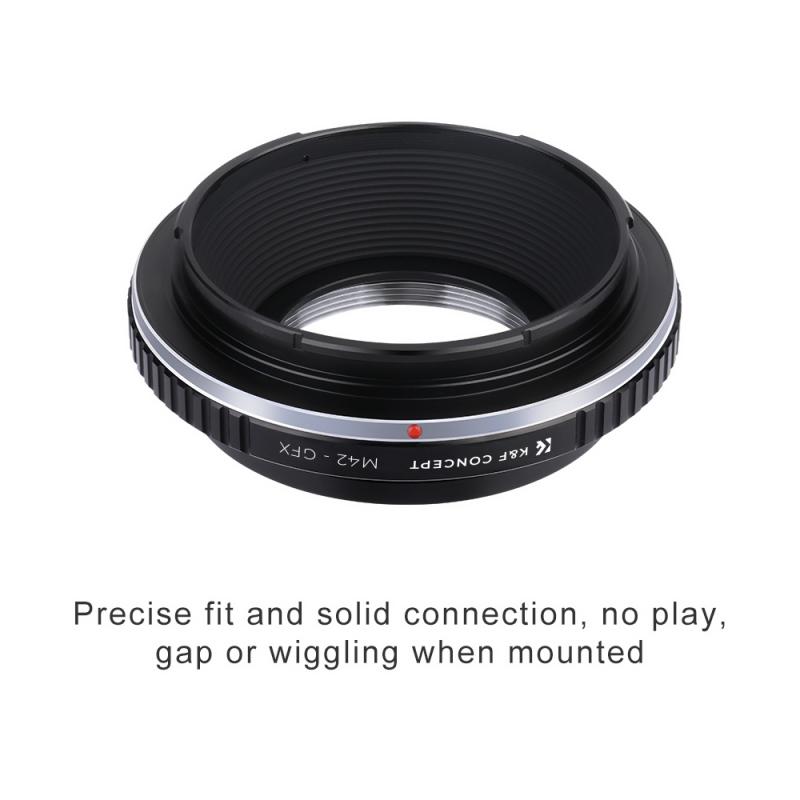
2、 Common Lens Mounts: Exploring the Most Popular Lens Mount Systems
What mount is my lens? This is a common question asked by photographers and videographers when trying to determine compatibility between their lenses and camera bodies. Understanding lens mounts is crucial for ensuring that your lenses can be properly attached and used with your camera.
There are numerous lens mounts available in the market, each specific to a particular camera brand or system. Some of the most popular lens mounts include Canon EF, Nikon F, Sony E, and Micro Four Thirds (MFT). These mounts are widely used by their respective camera manufacturers and have a wide range of lenses available.
Canon EF mount is used by Canon DSLR cameras and is known for its versatility and compatibility with a vast selection of lenses. Nikon F mount is used by Nikon DSLR cameras and has a long history, making it compatible with a wide range of lenses as well.
Sony E mount is used by Sony mirrorless cameras and has gained popularity in recent years. It offers a compact design and compatibility with a growing number of lenses. Micro Four Thirds (MFT) mount is used by Olympus and Panasonic mirrorless cameras, offering a smaller sensor size but a wide range of lenses.
It is important to note that lens mounts can vary within a camera brand as well. For example, Canon has different mounts for their DSLR and mirrorless cameras (EF mount for DSLRs and RF mount for mirrorless). Similarly, Nikon has different mounts for their DSLR and mirrorless cameras (F mount for DSLRs and Z mount for mirrorless).
In conclusion, determining the mount of your lens is essential for ensuring compatibility with your camera body. Understanding the different lens mounts available and their respective camera systems will help you make informed decisions when purchasing lenses or switching camera systems.
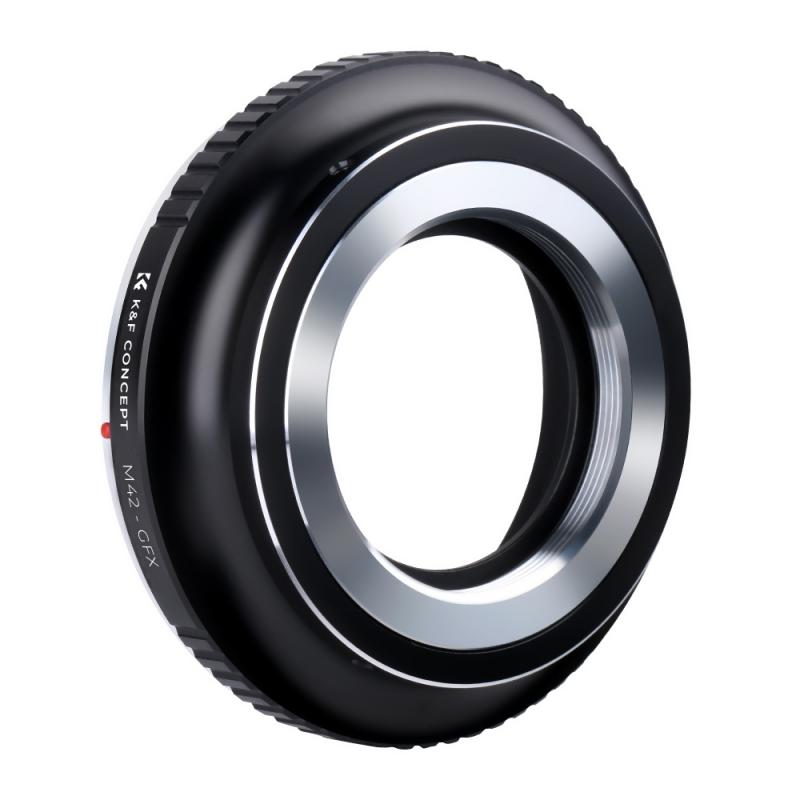
3、 Interchangeable Lens Mounts: Understanding the Basics of Lens Mount Compatibility
Interchangeable Lens Mounts: Understanding the Basics of Lens Mount Compatibility
Determining the mount of your lens is crucial when it comes to compatibility with your camera body. The lens mount refers to the specific connection system between the camera body and the lens. Different camera manufacturers have their own proprietary lens mounts, making it essential to identify the mount of your lens before attempting to attach it to a camera body.
To determine the mount of your lens, you can start by examining the lens itself. Most lenses have the mount information engraved on the lens barrel. It is usually indicated by a series of letters or numbers, such as Canon's EF mount or Nikon's F mount. Additionally, you can consult the lens manual or visit the manufacturer's website for more information.
It is important to note that lens mounts are not universal, and each camera manufacturer has its own unique mount system. However, there are some third-party lens manufacturers, such as Sigma and Tamron, that produce lenses with multiple mounts to cater to different camera brands.
In recent years, there has been a rise in mirrorless camera systems, which have introduced new lens mounts. Mirrorless cameras, such as those from Sony, Fujifilm, and Panasonic, often feature their own proprietary lens mounts, such as Sony's E mount or Fujifilm's X mount. These mirrorless mounts are designed to accommodate the smaller form factor of mirrorless cameras and offer advantages such as reduced size and weight.
In conclusion, determining the mount of your lens is essential for ensuring compatibility with your camera body. By identifying the lens mount, you can confidently attach your lens to the appropriate camera system and capture stunning images.
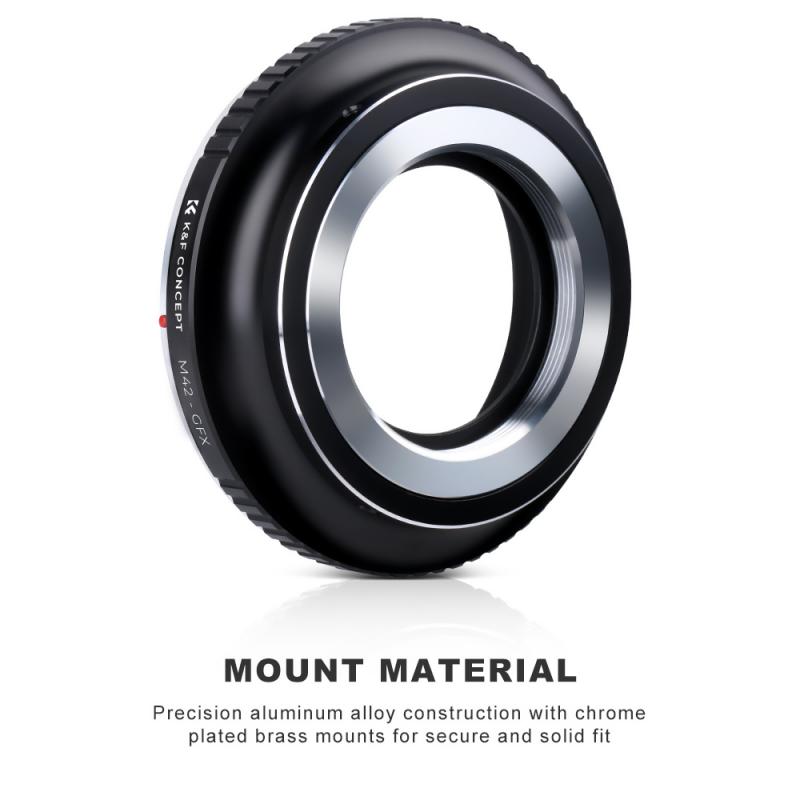
4、 DSLR Lens Mounts: A Guide to Lens Mounts for Digital Single-Lens Reflex Cameras
DSLR Lens Mounts: A Guide to Lens Mounts for Digital Single-Lens Reflex Cameras
When it comes to DSLR cameras, one of the most important aspects to consider is the lens mount. The lens mount determines which lenses are compatible with your camera body, and it plays a crucial role in the overall functionality and versatility of your photography equipment.
There are several different lens mounts available for DSLR cameras, each associated with specific camera brands. Some of the most popular lens mounts include Canon EF, Nikon F, Sony E, and Pentax K, among others. Each of these mounts has its own unique characteristics and advantages, so it's essential to understand which mount your lens belongs to.
To determine the mount of your lens, you can look for specific markings or labels on the lens itself. Most lenses will have the mount type clearly indicated, either on the front or side of the lens barrel. Additionally, you can consult the camera's user manual or the manufacturer's website for more information.
It's worth noting that lens mounts can evolve and change over time as camera technology advances. For example, Canon recently introduced the RF mount for their mirrorless cameras, which offers improved performance and compatibility with new lens designs. Similarly, Nikon has introduced the Z mount for their mirrorless cameras, providing enhanced optical performance and versatility.
In conclusion, understanding the lens mount of your DSLR camera is crucial for selecting compatible lenses and maximizing the potential of your photography equipment. By identifying the specific lens mount, you can ensure that you choose lenses that are fully compatible with your camera body, allowing you to capture stunning images with ease.
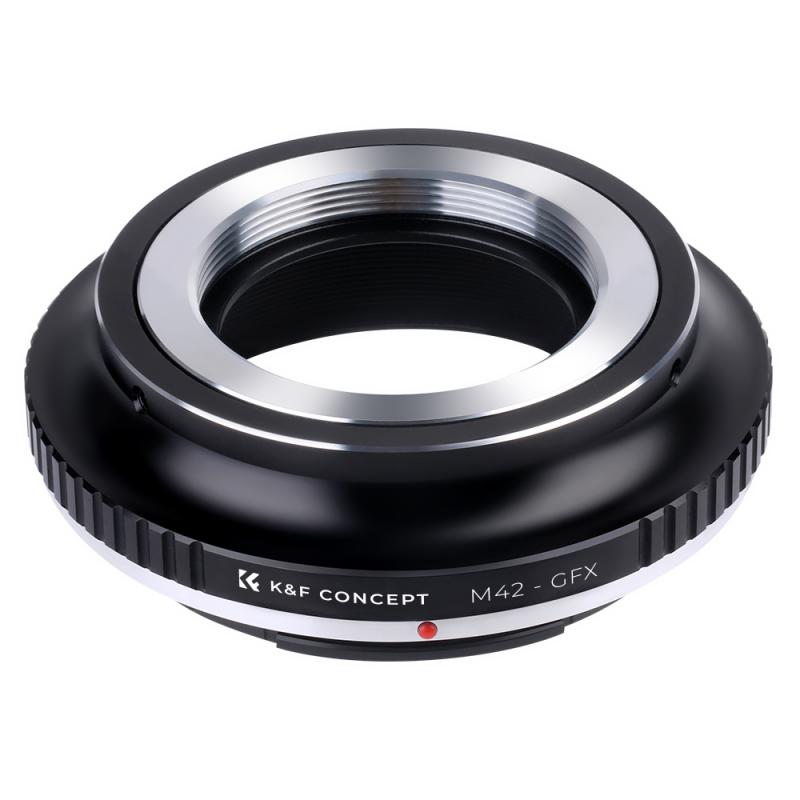








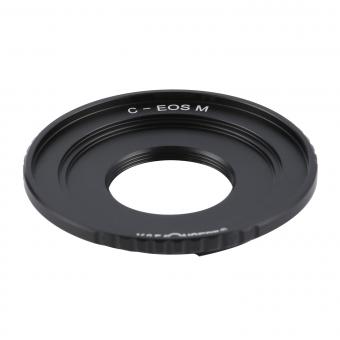


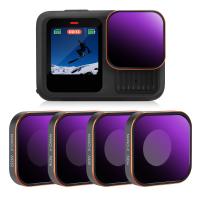


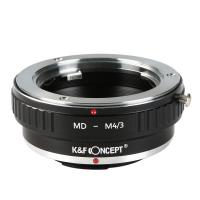
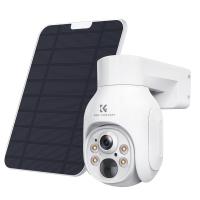
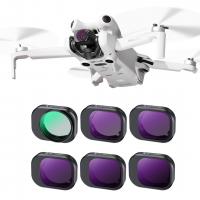
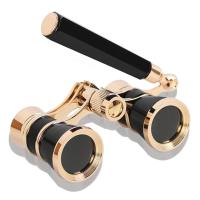



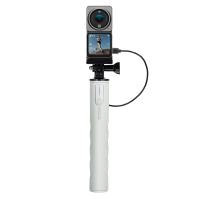



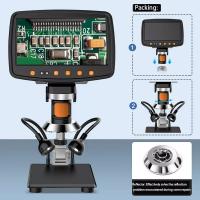

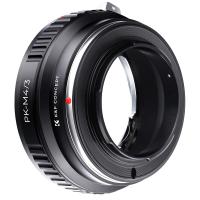
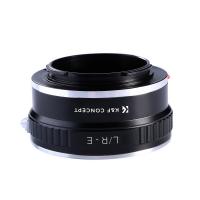
There are no comments for this blog.